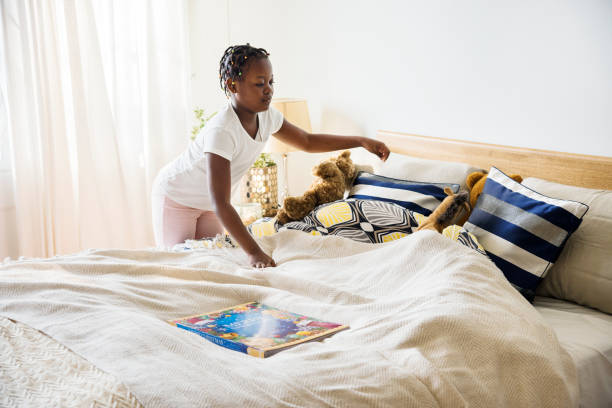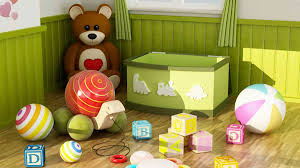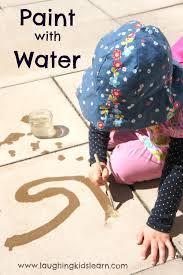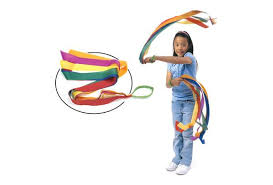Activities 2
Personal, Social and Emotional Development
Talk about jobs that you do around the house and garden, this could link with writing if you model writing a list to show them all the things you do (they could draw some of their own jottings/pictures or cut photo's from a magazine to create their own list). Decide together if there is a new job they’d like to do (e.g. putting their clothes in the laundry, learning to make their bed, remembering to tidy their toys before story time, etc). Model how to do this for your child every day this week and by next week, they should be mastering it on their own. This can tie in with our school rules as they will then be ‘Ready’ for the next activity, ‘Kind’ as they help you, and ‘Safe’ as they learn to look after themselves and their homes.

Communication and Language Activity
(links with Maths for positional language e.g. on top, under, behind, next to)
Play ‘Hide the Toys’ This can be done inside or outside if you have a garden. Select a number of items from around the house with your child (you could challenge them to collect 3, 5 or 10 items). Ask the child to close their eyes or wait in another room whilst you hide them. Challenge them to find the toys, giving them clues using positional language (E.g. The bear is next to…., The car might be behind….)
Step up: Try different versions of the game when you explain to your child that all the items will be hidden under, behind, next to or between furniture. They let them hide items for you to hide to encourage them to use the language for themselves.
Step down: Use only 3 toys and display in more obvious places. Generally positional language is first understood with the words in, on top and inside.

Physical Activity – Pattern practise
This links with school readiness but is great fun for all ages. Ask your child to write their name and look to see if they struggle with any letters. Because you can help once you know the tricky bits, do not support them to write it at this point. Common areas to work on:
- the first letter of their name, this is the ONLY letter you would focus on
- Zig zag shapes e.g. M, N, W, A
- Up and back down the same line (or down and back up) – e.g. b, d, h, m, n, p
- forming the anti-clockwise circle for example on a,c, e, g, o, q (This is most common even with confident writers)
Now it’s about focusing on that specific area and making it really fun. Children must START BIG and use lowercase letters except for the first letter. (Please do not practise ‘handwriting’ small letters repeatedly as this is not age-appropriate and may put off some whose hand muscles are still developing. ) Work on the movement that is hardest for them (E.g. lots of anticlockwise circles with a stick in the sand, water painting in an up and down motion, etc).

Water painting (e.g. pot of water and a paintbrush or stick) is a great easy way to do large movements also if you have a space of wall or floor outside. Using ribbons or scarves is another great way for children to ‘feel’ and ‘see’ the movement. (Most children will want to make a clockwise circle so you can model this and use your hand over their’s to help them ‘feel’ the motion of anticlockwise movements.

Rhyme of the Week
Here we go round the Mulberry Bush
The Mulberry Bush
The Mulberry Bush
Here we go round the Mulberry Bush
On a cold and frosty morning
This is the way we brush our teeth (complete an action for cleaning teeth)
Brush our teeth
Brush our teeth
This is the way we brush our teeth
On a cold and frosty morning
You can then add any verses you like (using gestures for each one - see some ideas below)
This is the way we....
Comb our hair
Put on our clothes
Wash our face
Then add some jobs from this week
Dust the sides
Brush the floor
Pick up our toys
IT IS MUCH BETTER FOR YOU TO SING WITH YOUR CHILD, HOWEVER IF YOU ARE NOT FAMILIAR WITH THE SONG THERE IS A VIDEO HERE.